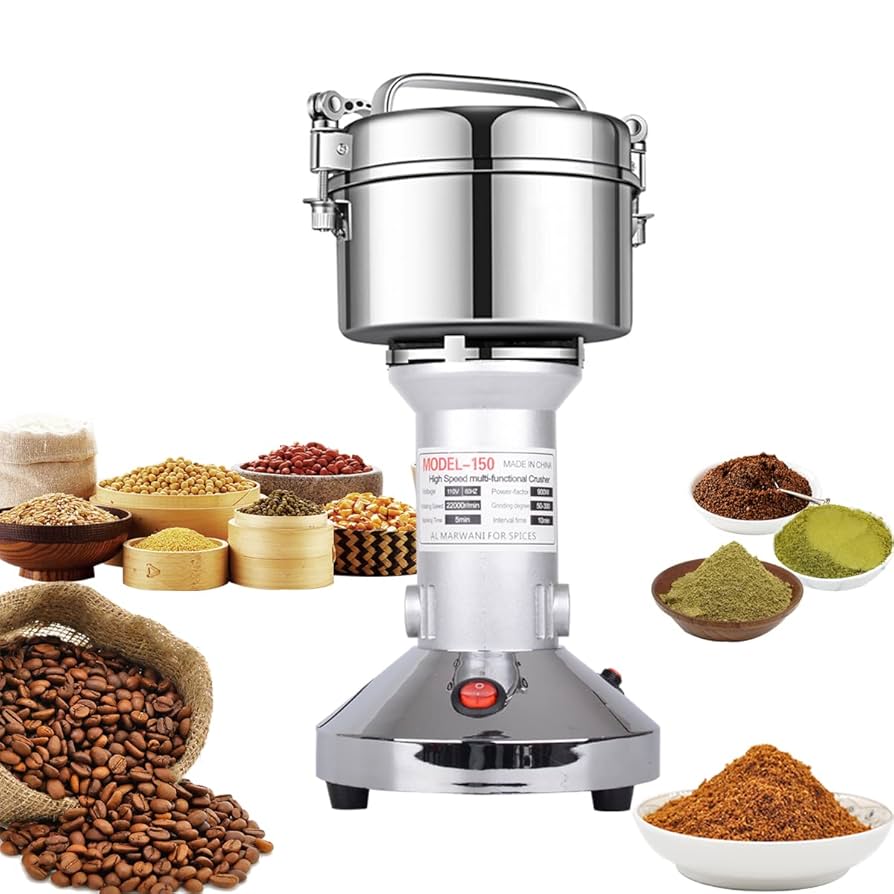10 years of experience as a food machinery equipment manufacturer
10 years of experience as a food machinery equipment manufacturer
The 80 Type Millet Spicy Chopping Mixing Machine represents a significant advancement for commercial kitchens aiming to streamline food preparation. Designed specifically for processing coarse grains and spicy ingredients efficiently, this equipment combines chopping and mixing functions in one streamlined workflow. Proper utilization unlocks substantial time savings while maintaining consistent texture and flavor distribution.

Before initial operation, thoroughly inspect all components for transit damage. Place the machine on a level, stable surface with adequate clearance around all sides. Ensure the power supply voltage matches specifications displayed on the unit’s identification plate. Attach chopping blades securely using the provided locking mechanism, confirming they rotate freely without obstruction. For first-time users, conducting a dry run without ingredients verifies proper mechanical function.
Begin by introducing ingredients gradually through the feed chute, avoiding overloading beyond the marked capacity line. For millet-based preparations, preliminary rinsing and draining prevents excessive moisture accumulation. When processing spicy components like chilies or peppercorns, intermittent pulsing at medium speed preserves volatile aromatic compounds. The integrated mixing paddle activates automatically after chopping cycles, requiring no manual intervention.
Always engage the safety lock before blade installation or removal. Use provided plunger tools instead of hands to guide ingredients through the feed chute. During operation, maintain a minimum 30cm distance from moving parts and never attempt component adjustments while powered. Install splash guards when processing liquids above 100ml capacity. Immediately power off and unplug if abnormal vibrations or smells occur.
Post-operation cleaning prevents flavor carryover and bacterial growth. Disassemble removable components after each use, washing with food-grade detergent and soft brushes. Sanitize stainless steel surfaces with vinegar solutions to preserve corrosion resistance. Monthly inspections should verify blade sharpness, gasket integrity, and motor housing seals. Lubricate rotating joints quarterly using NSF-certified food-grade oils as specified in maintenance documentation.
Motor hesitation typically indicates ingredient overload – reduce batch volume by 25% and restart. Uneven chopping results from dull blades or inconsistent feed rates; inspect cutting edges and introduce ingredients steadily. Unusual noises may signal foreign object intrusion – immediately power down and inspect the processing chamber. Persistent issues warrant professional servicing to prevent compounding mechanical faults.
Pre-chilling ingredients reduces processing time by 40% for emulsified sauces. Layering soft and hard components (e.g., millet beneath whole spices) ensures homogeneous blending. For continuous operations, maintain duplicate blade sets to swap during cleaning cycles. Track output consistency with standardized measurement cups, adjusting variables systematically. Operators report 70% labor reduction when processing over 15kg/hour by eliminating separate chopping and mixing stations.
Thorough training combined with adherence to these operational guidelines maximizes the equipment’s capabilities. This approach transforms labor-intensive preparatory tasks into an efficient, repeatable process suitable for medium-scale food production environments seeking quality consistency and accelerated throughput.
